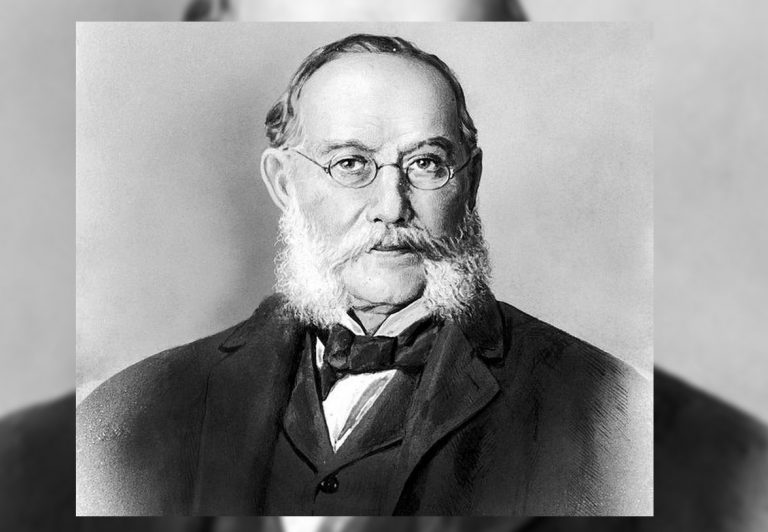On Sunday, August 14th, 1881, a thin man of short stature, with a wide forehead and sweet face, adorned with ample sideburns, attended mass very early in the Belén chapel, located on Compostela and Luz Street.
Aware of the mission he had set out to accomplish that day, this 48-year-old man then took his umbrella, a group of papers and magazines and, under rains stronger and more continuous than those that fell during the morning, he went to the former San Agustín convent on Cuba Street, on whose upper floor was the headquarters of the Royal Academy of Medical, Physical and Natural Sciences of Havana, which held an ordinary public session on that date.
After some reports on letters and magazines were provided and various issues related to legal medicine were addressed, Carlos J. Finlay y Barrés stood up, took in his hands several of the papers he was carrying and, with slow and somewhat defective, he read a work that immortalized him, because with it he wrote the most brilliant chapter of tropical pathology and the most beautiful page of preventive medicine.
In this work, presented under the title “The mosquito hypothetically considered as a transmitting agent of Yellow Fever”, the author explained the way in which Aedes Aegypti spreads the disease, by biting infected people, carrying the pathogenic agent and inoculating it then to other individuals.
Criterion Strength
Dr. Finlay was not satisfied with the simple statement of his theory, since he devoted all his energies to demonstrating and disseminating it, as evidenced in the numerous documents that he later published on the matter. Convinced of the truth of his finding, he proposed a complete plan for a prophylactic campaign against yellow fever, which, although he had to wait almost 20 years for its practical application, served to progressively reduce the distribution areas of the terrible disease, save hundreds of thousands of lives, open the uninhabited tropical regions of America to the emigrant, and erase evil from the face of the Earth.
The qualification of “benefactor of humanity” given to the Cuban scholar should not be justified simply by the valuable contribution that the discovery of the vector that causes yellow fever and the dissemination of strategies to combat and prevent it meant. His finding had even greater scope, because in fact it became the metaxenic theory of transmission of infectious diseases from sick people to healthy individuals through biological vectors of any kind.2,3 Something that demonstrates the truth of this statement is that , once the results of Finlay’s scientific work were applied to rid the world of the terrible yellow scourge, they laid the foundations for the study and control of other epidemics such as malaria, dengue, Chagas disease and others.
His death…
The mourning was dismissed by the Secretary of Health, Dr. Enrique Núñez, who said: “If great and patriotic was the work of the Cubans who lived, fought and perished for independence, as great and patriotic as it will be before history, the gigantic work of Dr. Finlay.
His death took place on August 20th, 1915, the piano silent, with dead notes. The chessboard, with the pieces where he left them. His bible pressed against his chest. Suffering over and over again from lack of air, he who enjoyed it so much, and the one who made the most coveted vein of his life and his health. The end was not yet foreseen, Adela and her children pending his gesture and almost in the process of disappearing. The breath became ephemeral and the pulse became weak, that heart had stopped beating so fair and his mind stopped thinking.
Translated by: Aileen Álvarez García






